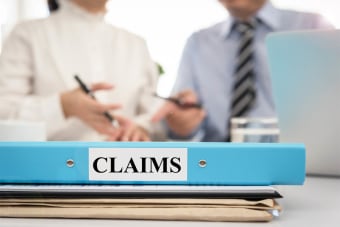
1. Documenting Pre Loss Condition
The most critical first step is establishing what assets were present, what condition they were in, and how they were being used prior to the loss or theft. This often involves:
- Detailed inventories (make/model/serial number/hours of use for equipment)
- Maintenance records, service logs, usage history
- Photos or video evidence taken before the event, if available
- Location and installation data
Without credible pre loss documentation the insurer may challenge your valuation or refuse parts of the claim.
2. Determining the Date of Value and Definition of Value
The effective date of valuation is generally the date the loss occurred. The appraiser must apply the appropriate definition of value based on your insurance policy: for example, Actual Cash Value (ACV), Replacement Cost New (RCN), or another defined insurance value.
3. Assessment of Damage and Remaining Useful Life
The appraiser inspects or reviews documentation to determine how the damage affects the asset’s value. This includes distinguishing damage from ordinary wear and tear or pre existing obsolescence. The report should clearly explain what portion of the value loss is attributable to the insured event.
4. Calculating Retrospective Value or Replacement Cost
Depending on the policy, you may require a valuation of what the asset was worth just before the loss, and what it will cost to replace or repair. For example:
- For ACV: value just before loss minus depreciation
- For RCN: cost to replace with similar kind/quality at today’s price, less uninsured costs
A credible appraisal will document how these figures were derived.
5. Preparing an Appraisal Report Suitable for Insurers
Your report should clearly identify the purpose (insurance claim), scope, definitions used, effective date, methods applied, assumptions and any limitations. It should be signed by a qualified appraiser following recognized standards.
6. Working with the Insurance Adjuster and Other Parties
Once you submit your appraisal with the claim, be prepared to discuss it with the adjuster. The independent assessment provides leverage, helps explain your position, and can reduce an insurer’s ability to unduly contest your valuation. Keeping communication clear, having backup documentation, and being transparent about assumptions increases the chance of resolution without litigation.
Why Business Owners and Insurers Benefit from This Approach
- Accurate valuations reduce disputes: A certified appraisal mitigates the risk of the insurer undervaluing your claim or rejecting parts of it.
- Faster settlements: Insurance companies may respond more efficiently when armed with credible appraisal reports and documentation.
- Proper coverage for future policies: The appraisal also offers insight into how your loss might influence replacement cost for future insurance, helping prevent under insurance.
How Absolute Appraisals & Consulting Inc. Delivers Value
- Arlene Blake is CRA, P.App (Appraisal Institute of Canada) and Accredited Member (AM) of the American Society of Appraisers in Machinery & Technical Specialty.
- She brings experience with machinery, equipment, and commercial property across the Niagara, Grey/Bruce, Hamilton and Owen Sound regions, delivering appraisals for insurance loss, liquidation, financing and estate purposes.
- Reports are tailored to the client’s need (insurance claim) and provide clear definitions, documentation, assumptions and are defensible with auditors, insurers or lenders.
Next Steps
If your business has suffered damage, theft or loss of assets, don’t leave claim value to guesswork. Contact Absolute Appraisals & Consulting Inc. today to arrange a certified appraisal that supports your insurance claim with confidence and clarity.
